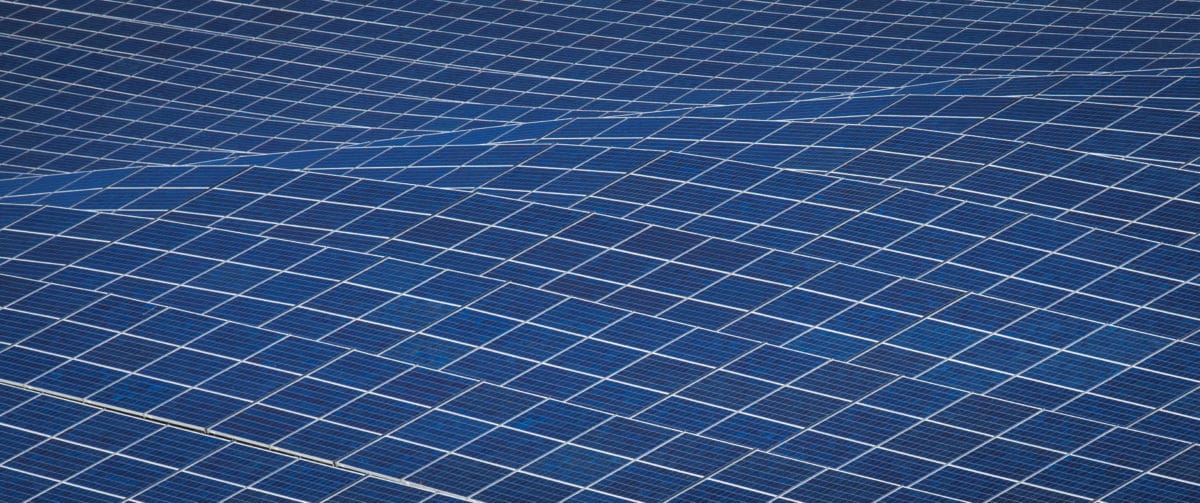Data published in the U.S. Energy Information Administration’s (EIA) November Short-Term Energy Outlook, finds solar power will bypass hydroelectric power by 14% in 2024. The analysis used industry reports detailing the continued growth in utility and small-scale solar plants to make this assessment.
According to the American Clean Power’s (ACP) quarterly market report, the domestic utility-scale clean energy industry installed 5.55 GW of renewables in Q3. Solar installations ranked first at 3.1 GW, followed by battery storage at 2.1 GW and land-based wind at 288 MW.
Alternatively, the Department of Energy’s (DOE) U.S. Hydropower Market Report 2023 Edition, states that hydropower datasets depicting capacity additions, investment in refurbishment and upgrades, turbine runner installations, and hydraulic turbine trade rates show decreased activity throughout the early 2020s. This is compared to the 2010s, where hydropower capacity increased by 2.1 GW over the decade.
DOE partially attributes hydropower upgrade and build-out decline to Covid-19 trade and travel restrictions. The new regulations caused supply chain challenges that resulted in construction delays and higher material costs. “In the case of U.S. imports of hydraulic turbines and turbine parts, the decrease in activity started in 2019 and was likely influenced by U.S. import tariffs.”
The Inflation Reduction Act offers a $5.50 MW/h and $22 MW/h tax credit for applicable hydropower and marine energy projects. However, the DOE attributes the decline of hydropower activity during 2021 and 2022 to the legislation, too. “Plant owners were waiting for full guidance on implementing these incentives (which types of projects would qualify, details on wage, apprenticeship, and domestic content requirements) to make new capital investment decisions,” the report states.
The Solar Energy Industries Association’s U.S. Solar Market Insight Q3 report predicts domestic solar installations will increase from 153 GW of direct current (dc) capacity to 375 GWdc by the end of 2028. This is partially due to the steady growth of installations throughout Q1 and Q2 of 2023 despite a lull the industry experienced in 2022 because of supply chain constraints: they included changing regulations and rising material costs, reports LevelTen Energy, a clean energy transaction platform.

SEIA’s November Short-Term Energy Outlook states that along with increased penetration of renewables, changing weather patterns have reduced U.S. hydroelectric generation through August this year, which has stayed at about 80 GW for the past few decades.
Namely, extreme drought in the West decreased hydropower generation in the Northeast (-0.5%), the Northwest (-6.5%) and the Southwest (-31.6%). This made the average U.S. net hydropower generation between 2020 and 2022 4.2% lower than the average annual generation during the 2010s, decreasing from 278 TW/h to 266 TW/h.
While weather patterns also affect solar and wind power, both have had the fastest growth in generation capacity compared to hydropower. This is because while hydroelectric generators have reservoirs that can store water for later use to power hydro turbines during high demand, EIA suggests that the activities of underwater and wetland ecosystems limit the ability to control the output.
This content is protected by copyright and may not be reused. If you want to cooperate with us and would like to reuse some of our content, please contact: editors@pv-magazine.com.








It’s fascinating to witness the evolving landscape of renewable energy in the United States, as highlighted by the recent findings from the U.S. Energy Information Administration (EIA). The projection that solar power will surpass hydropower by 14% in 2024 underscores the remarkable growth in the solar sector.